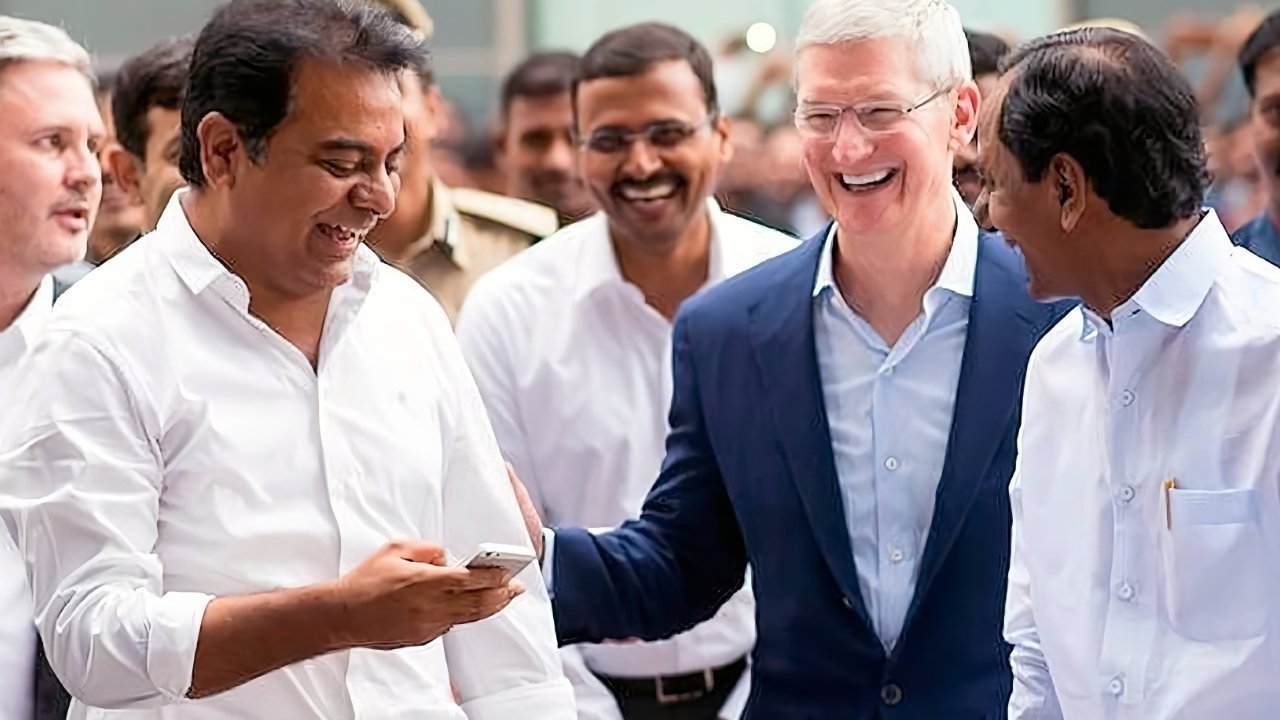Apple’s diversification of its supply chain to India is worrying China, which has worked to make it harder for Apple to expand its production lines in the developing economy.
Apple is midway through a process to diversify its supply chains from a China-centric model to one that operates from various different bases of operation. With Apple making considerable progress in India, China is concerned about the potential loss of investment and work for its citizens.
In a profile of Apple’s supply chain expansion in India, the Financial Times writes about the struggles Apple has had in making the shift. In part, this is due to the tense political relationship between China and India, and a need to not upset Beijing.
The sensitive relationship between the two countries is demonstrated by secretive discussions between officials in Karnataka and Tamil Nadu, which substituted the Apple name for “the fruit company,” including in private conversations.
Interference in progress
China understands the threat that India poses to its manufacturing dominance, and it’s being proactive about the perceived problem.
In January, it was reported that China was cracking down on the export of critical materials and high-tech equipment. This is the sort of hardware used by Apple and its supply chain members to produce items for the iPhone and other products.
However, the Financial Times added that this also affected people. The movement of some Chinese technicians into India were also stalled by China, keen to prevent knowledge and skills from exiting the country and teaching workers in another.
For Apple’s supply chain, these moves make it harder to quickly build up production to a level matching that of China, but in India. With restricted materials and equipment, partners such as Foxconn will have to find other suppliers who meet Apple’s exacting standards, but are not affected by China’s interference.
This interference isn’t just affecting the supply chain, as Apple itself has faced pressure from Beijing’s government. This includes a 2023 crackdown on Apple device usage by government employees.
Then there are the regulatory rules making it hard for Apple to operate in the country without abiding by tight restrictions. Its work to bring AI features to the iPhone were hampered by regulations, effectively forcing Apple to work with a Chinese tech giant on the project.
This behavior is countered by India’s government, which has done a lot to help Apple set up and operate in India. This ranges from the billions provided as part of a Production-Linked Incentive program, to relaxing restrictions allowing Apple to open its own first-party stores in the country.
This courtship hasn’t just been to bring Apple into India, as it’s also targeted Apple suppliers for years. This included regular visits to Taiwan to woo firms such as Wistron and Foxconn to the country.
The effort, which has also brought major Indian conglomerate Tata into Apple’s productions, have gone very well so far. It is predicted that India will contribute more than 20% of the global iPhone output in 2025.
There are still some barriers in India, such as its own visa restrictions for Chinese citizens. While Apple’s assembly operations in China and Vietnam have a high percentage of women in them, societal pressures prevent women from doing the same in India.
Indian officials admit in private that there’s a lot more work to do in order to become the high-scale supply base that Apple and other companies need, if they want to get out of China.
Multiple eggs, multiple baskets
Apple’s intention in expanding into India and other countries, such as Vietnam, can be summed up by two words: mitigating risk.
After building up an expansive supply chain based in China, it’s only taken less than a decade for Apple to discover the issues of the approach.
During the COVID-19 pandemic, supply chains were rocked by problems at Apple’s factories. Production lines in facilities were locked down for long periods, in part due to China’s zero-tolerance approach.
This signaled to Apple that it may want to try spreading out its supply chain to avoid such stoppages in the future.
Another risk factor is geo-political tensions, as demonstrated by the US-China trade war during the first Trump administration. While Apple was able to avoid the effects of tariffs on imports into the United States, it only did so thanks to a lot of discussions and negotiations between CEO Tim Cook and Donald Trump.
For the second Trump term, there have been promises of blanket tariffs, including high levels aimed at Chinese imports. If Apple had stuck to a China-only production system for the iPhone, it would’ve been hit hard by the tariffs when shipping iPhones to customers in the United States.
However, since it has focused on improving its India-based production capabilities, it’s now plausible that Apple has come up with a way to mitigate the China-only tariffs. By simply building its products in another country, Apple automatically faces lower tariffs than its Chinese shipments.
India has already stepped in to deal with the tariffs, by preparing to cut import taxes for Apple and other firms on components and accessories.
For multiple legitimate reasons, Apple is keen to get more of its production going in India and other areas outside of China. It just has to do so while China fights to slow down the progress that could endanger its own manufacturing status on the world stage.





